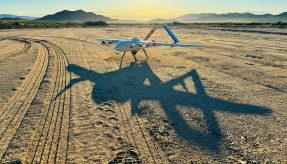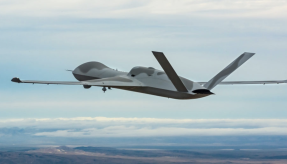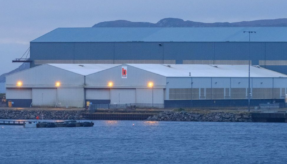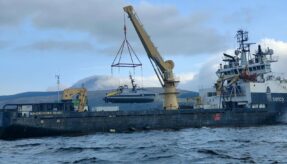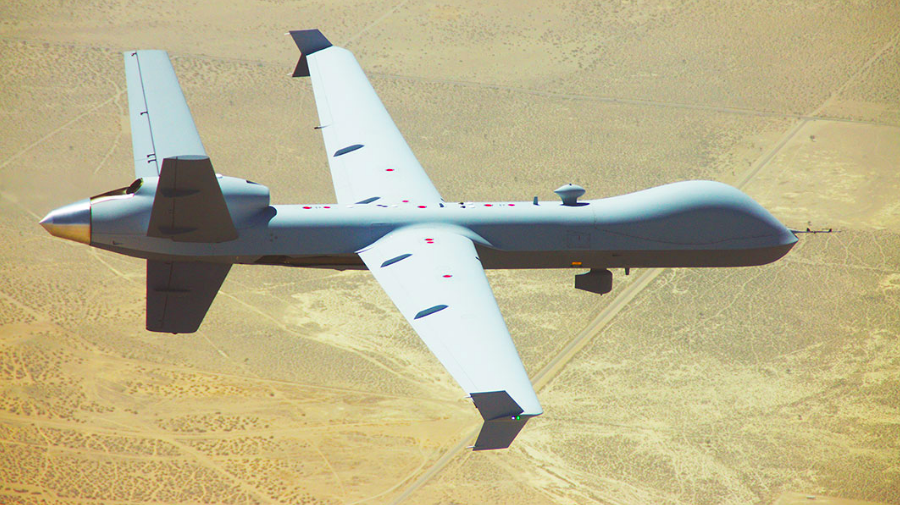
General Atomics Aeronautical Systems, Inc. (GA-ASI) has completed the first Beyond Line of Sight (BLOS) High Frequency (HF) Command and Control (C2) demonstration for an Unmanned Aircraft System (UAS).
The HF C2 capability does not require a Satellite Communications (SATCOM) link and is capable of providing BLOS connectivity up to 8,000 miles, depending on transmit power and link geometry.
GA-ASI President David R. Alexander, said: “We demonstrated a BLOS assured Command & Control capability that can be used in contested or denied environments.
“GA-ASI is committed to developing a flexible UAS architecture with assured C2 that is relevant in a broad set of mission scenarios.”
For the demo, GA-ASI integrated the US Government’s Collaborative Operations in Denied Environment (CODE) autonomy software into the Open Operational Flight Profile (OFP) of an MQ-9A Block 5 Remotely Piloted Aircraft (RPA) and flew the MQ-9 using improved diagonal tails with conformal HF antennas incorporated into the leading edges.
GA-ASI’s MQ-9 housed a FlexRadio Systems’ FLEX-6600 HF software-defined radio and associated hardware to translate and execute an autonomous mission plan. GA-ASI created a specialised HF software adapter to manage the unique latency and throughput constraints of the HF waveform to demonstrate BLOS command and control of the RPA.
The demonstration was flown out of Laguna Army Air Field/Yuma Proving Grounds on Dec. 16, 2020. The MQ-9 was commanded from Austin, Texas approximately 1,000 miles away over an HF C2 link. This capability enables an operator to task the MQ-9 without needing SATCOM, providing a means to operate in SATCOM-denied, contested environments.
image courtesy of GA-ASI
If you would like to join our community and read more articles like this then please click here



